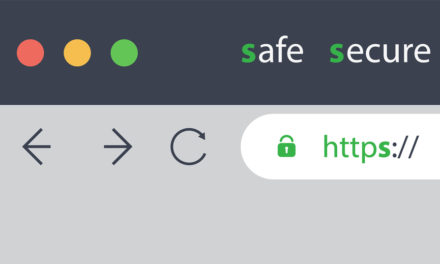They may sound the same, but don’t judge a book by its cover—each has its strengths.
With the myriad of data breaches that have occurred so far in 2019, there’s no doubt that both penetration testing and vulnerability scanning are important measures that test your businesses’ security, and everyone includes them in their cybersecurity plan.
However, this doesn’t mean they’re the same. In fact, they are drastically different when it comes to their approach. This is mainly due to the depth of information that each test offers and the amount of data they give that is implementable.
Regardless of their differences, they both share a purpose: to make you aware of any security flaws your business may have.
Before we dive any deeper into these security measures, let’s go over what each of these tests are and how they can help your business stay secure.
Penetration Testing – What Is It?
Penetration testing, also known as pen-testing, is the process of carrying out exploits and attacks against your businesses’ network to find security loopholes that need patching.
These tests are usually carried out by a white-hat hacker (or an ethical hacker) who’s on your side and wants to help improve your businesses’ cybersecurity.
Pen-testing may be of benefit to your company because it accurately protects you from real-world situations. This is because the white-hat hacker that will be carrying out attacks on your business is using tools that are commonly used by black hat hackers (bad hackers). This prepares you from attacks that are likely to be used against you.
What Is Vulnerability Scanning?
Unlike penetration testing, vulnerability scanning involves what the name of the test suggests: scanning for vulnerabilities. These tests are usually performed by automatic scanners who spend time looking for common vulnerabilities across your network.
The “threat list” of these vulnerability scanning tools are usually updated on a month-by-month basis, so ensure that your threat lists are updated if you’re using a vulnerability scanner. Otherwise, you may miss something that could be detrimental to your network’s security.
Some benefits of vulnerability scanning include reduced costs, possible automation and a stress-free mindset to cybersecurity. However, this approach may not always work, especially if you are using a not-so-trusted vulnerability scanning tool.
The Main Difference Between Penetration Testing and Vulnerability Scanning
We could sit here and tell you all of the small differences between penetration testing and vulnerability testing that don’t matter. Instead, let’s focus on the one big difference that these two frameworks have: exploitation.
While pen-testing makes full use of exploitation, vulnerability testing does more of a “look-over” rather than actively attack your systems to test it. Just because you know there are vulnerabilities doesn’t mean you can make use of those vulnerabilities. That’s the main difference between vulnerability scanning and penetration testing: vulnerability testing discovers, while pen-testing implements. By the way, most pen-testers will do vulnerability scans to find ways to hack your systems.
Penetration Testing or Vulnerability Scanning – Which Should You Pick?
Since penetration testing and vulnerability scanning are both measures of cybersecurity in your business, it may be tempting to feel like you’ve got to choose between the two. Truth is, choosing between the two could mean you’re leaving security gaps wide open, and that’s no good for your business.
A good business cybersecurity plan incorporates both penetration testing and vulnerability scanning, as each has its strengths. To save you the hassle, here’s an easy way to remember the difference between the two: vulnerability scanning discovers, and penetration testing patches.





